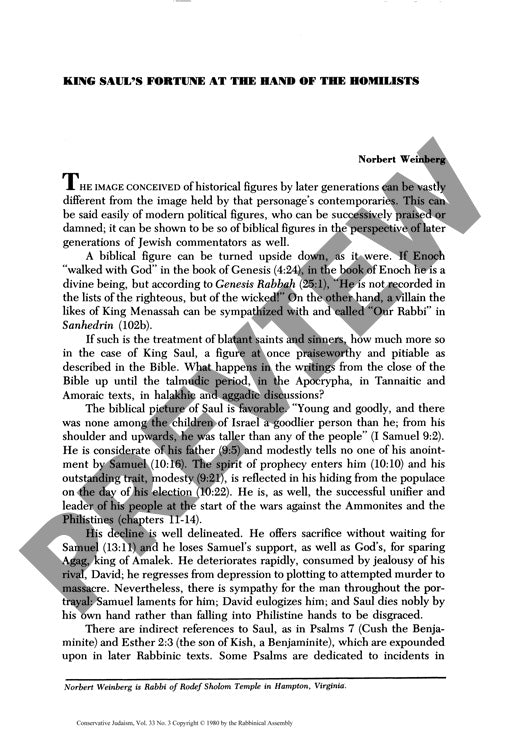King Sauls Fortune at the Hand of the Ho
Couldn't load pickup availability
The enigmatic figure of King Saul underwent dramatic transformations in Jewish religious literature, evolving from the Bible's nuanced portrayal of a promising but tragic ruler into a kaleidoscope of contradicting interpretations. Through comprehensive analysis of apocryphal works, midrashic literature, Talmudic sources, and other rabbinic texts, distinct patterns emerge in how successive generations reimagined Saul's character and legacy. Second Temple period works, including Chronicles, Ben Sira, and Pseudo-Philo, increasingly cast Saul as fundamentally corrupt and unworthy of kingship, while Josephus attempted psychological explanations for his downfall. Yet rabbinic midrashic literature presents remarkable diversity - some texts condemn Saul outright, while others exonerate him completely, attributing his failures to manipulative figures like Doeg the Edomite or portraying him as exceptionally modest and righteous, even worthy of eschatological honor alongside the Messiah. These varied interpretations reveal less about historical truth than about the evolving needs of different Jewish communities, demonstrating how biblical figures served as vehicles for addressing pressing theological, political, and pedagogical concerns across generations.

More Information
-
Physical Description
-
Publication Information
Published 1980
ISBN
-
Publication Credits
Norbert Weinberg

